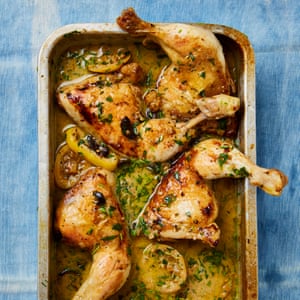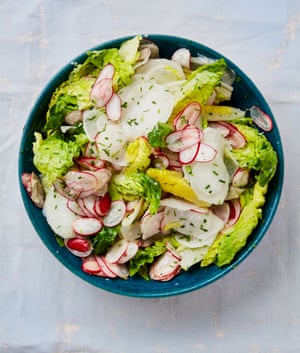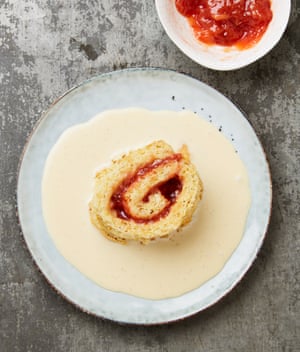Map of Arabia by Ptolemy, £22,280

A single sheet of Ptolemy's 'Ulm' atlas from 1482, displaying the Arabian Peninsula. Printed in the German city of Ulm, this atlas was the first one to be printed north of the Alps. It features a double-page woodcut on one side and descriptive text on the other. This illustration marked the third time that Arabia had been depicted in an atlas.
Claudius Ptolemy was a Greek mathematician, astronomer, geographer and astrologer. He lived in Alexandria under Roman rule in the second century AD. One of his most famous works was Geographia, which mapped the Roman Empire.
Alice's Adventures in Wonderland, illustrated by Salvador Dali, £18,850

Printed by Random House's Maecenas Press in 1969, this illustrated edition contains 12 woodcuts and an etching by the Spanish surrealist plus a second suite of the 13 plates on Japon paper. One of only 200 copies, it is signed by Dali on the frontispiece etching and on the title page. Dali created an illustration for each chapter, using heliogravure, a time-consuming reproduction method similar to engraving. Another edition of 2,500 signed copies was issued without the extra plates.
The Federalist, on the New Constitution, by Publius £11,200

The Federalist is a collection of 85 articles and essays by Alexander Hamilton, James Madison and John Jay printed under the pseudonym "Publius" to garner support for the ratification of the United States constitution. The essays were first issued individually in New York newspapers. This is the first collected edition, published in 1788, and it is the first edition to identify Hamilton, Jay and Madison as the authors. One of the most important books on American constitutional law. It is believed that Hamilton wrote more than half of the essays, sometimes drafting text in the hallway while the printer waited nearby for the finished copy.
Moonraker, by Ian Fleming £10,175

A 1955 Jonathan Cape first edition, first impression with the first state dustwrapper, which has no tears. The third James Bond novel. The first edition can be identified by the word "shoo" instead of "shoot" on page 10. Moonraker the novel is different to Moonraker the film. Fleming's book reflects a couple of topical themes from the 1950s - the villain Drax is a former Nazi and there is a nuclear rocket aimed at London.
Eau - Forte #8, by Pierre Soulages, £8,800

A signed, framed print from 1957, one of 200 copies. Pierre Soulages is a painter, engraver, and sculptor, and one of France's best known living artists. He is famous for his extensive use of black in his art.
La Grande Danse Macabre des Vifs, by by Martin van Maële, £8,000
An extremely rare set of four series of 10 aquatints featuring the erotic illustrations from a 1905 book called La Grande Danse Macabre des Vifs, which translates as The Great Strange Dance of Life. Illustrator van Maële was famous for his work in erotica.
The Town and the City, by Jack Kerouac, £7,900
A first edition, first printing signed by the author. Published in 1950, this novel was the first major work published by Kerouac. On The Road was released seven years later. The Town and the City has a more conventional writing style than On The Road. It's autobiographical, set in New York and a small town in Massachusetts. The lead character plays football, much like Kerouac did in high school and Columbia University.
Sylvicultura oeconomica, oder haußwirthliche Nachricht und naturmäßige Anweisung zur Wilden Baum-Zucht, by Hans Carl von Carlowitz, £7,480

Published by Leipzig in 1732, this is the first German book on forestry. The title roughly translates as Silviculture economics, or natural instructions for growing wild trees. Silviculture is the practice of growing trees and forests for timber production. The study of forests and woods is called silvology. This 18th century book warns of the depletion of forests in German regions due to mining and industry. The author coined the German term for "sustainability".
The National Union Catalog (NUC), Pre-1956 Imprints by Library of Congress and the National Union Catalog Subcommittee of the Resources Committee of the Resources and Technical Services Division, American Library Association, £7,190

The largest book ever published. We are talking largest in terms of volumes - 754 heavy folio volumes bound in green cloth with gilt lettered spines - and weight, which is three tons. This is a reference book containing a list of books published before 1959 that were cataloged by the Library of Congress and other American libraries. Editors started compiling this book in 1909. This is the first and only edition. It contains around 530,000 pages and lists approximately 12 million titles. The Bible section alone contains 63,000 entries. The Shakespeare and Plato sections are also epic. The NUC displays each entry with a reproduction of the Library of Congress' library card as well information gleaned from the original editions by librarians and additional notes added over the decades. An epic feat to produce and publish in 1968, this massive book is a tribute to American librarians, and perhaps the ultimate book about books. It was also an epic feat to ship this bad boy to its new owner. The NUC was transported to the buyer on palettes by a truck specially hired for the job.

The Lindisfarne Gospels is an illuminated manuscript produced around 800 AD containing the gospels of Matthew, Mark, Luke and John. Its illustrations are an eye-catching fusion of Celtic, Roman and Germanic influences. With the original edition safely housed in the British Library, this is a facsimile edition published by Lucerne in 2002. As new condition. One of 290 copies produced with a replica of its Victorian cover. It includes two volumes of commentary, a leather case and a video cassette. Lindisfarne is a small island off the coast of Northeast England. Regarded as a holy island, it was a center for Celtic Christianity during the Anglo Saxon period.















